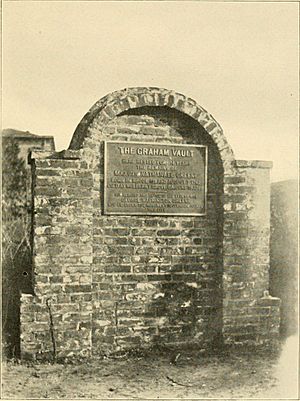John Maitland (British Army officer) facts for kids
Quick facts for kids
John Maitland
|
|
|---|---|

Portrait by Joshua Reynolds
|
|
| Born | 1732 |
| Died | 22 October 1779 |
| Buried |
Scotland
|
| Allegiance | Kingdom of Great Britain |
| Service/ |
Royal Marines British Army |
| Years of service | c.1757–1779 |
| Rank | Lieutenant Colonel |
| Commands held | 71st Regiment of Foot |
| Battles/wars | |
John Maitland (born 1732, died 1779) was a British military officer and a politician. He served in both the Royal Marines and the British Army. He was also a Member of Parliament, which means he helped make laws for Britain.
Early Life and Military Service
John Maitland was born in 1732. He was the eighth son of Charles Maitland, who was the 6th Earl of Lauderdale.
He joined the Royal Marines as a Captain in 1757. He fought in the Seven Years' War, a big global conflict. During this war, he was injured and lost his right arm. When the war ended in 1763, he was put on "half-pay." This meant he received half his usual salary because he was not actively serving.
A Career in Politics
In 1768, Maitland tried to become a Member of Parliament (MP) for Haddington Burghs. He was elected in 1774 and served as an MP until 1779. Not much is known about his time in Parliament. From 1777, he was away serving in America.
Fighting in America
In 1770, Maitland returned to active military duty. He became a Major in 1775.
During the American Revolutionary War, in May 1778, Maitland led marines against ships in the Delaware River. In October 1778, he became a Lieutenant Colonel in the 1st Battalion of the 71st Regiment of Foot, Fraser's Highlanders.
He played an important role in two key battles:
- Battle of Stono Ferry: He commanded the British fort during this battle.
- Siege of Savannah: He helped defend the city of Savannah during a long attack.
Death and Burial
Sadly, John Maitland died from malaria on October 22, 1779. This was shortly after the Siege of Savannah ended.
For over 100 years, he was buried in a tomb in Savannah's Colonial Park Cemetery. He was buried alongside Nathanael Greene, who was a general on the American side. In 1981, his bones were moved back to his home country of Scotland.


